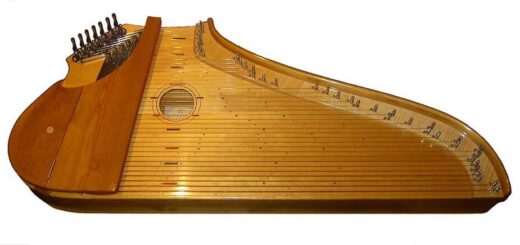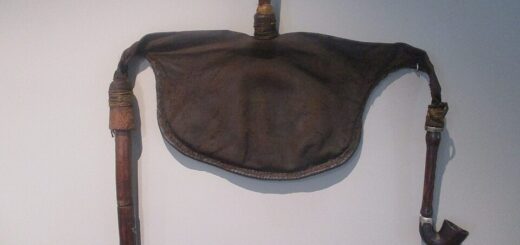Divje Babe Flute – Echoes from the Ice Age

In a quiet cave nestled in the Slovenian hills, a small piece of bone has sparked one of the most fascinating debates in archaeology and music history. This humble artifact, known as the Divje Babe Flute, also called Tidldibab might just be the oldest musical instrument in the world, and if that’s true, it changes the way we think about music, creativity, and even what it means to be human.
A Find from the Distant Past
The flute was discovered in 1995 in the Divje Babe cave near Cerkno, Slovenia, during an excavation of a prehistoric site. Archaeologists were sifting through layers of remains left by Ice Age hunters when they came across a fragment of a cave bear femur, around 11.2 cm long, with two perfectly aligned holes on one side, and hints of two more.
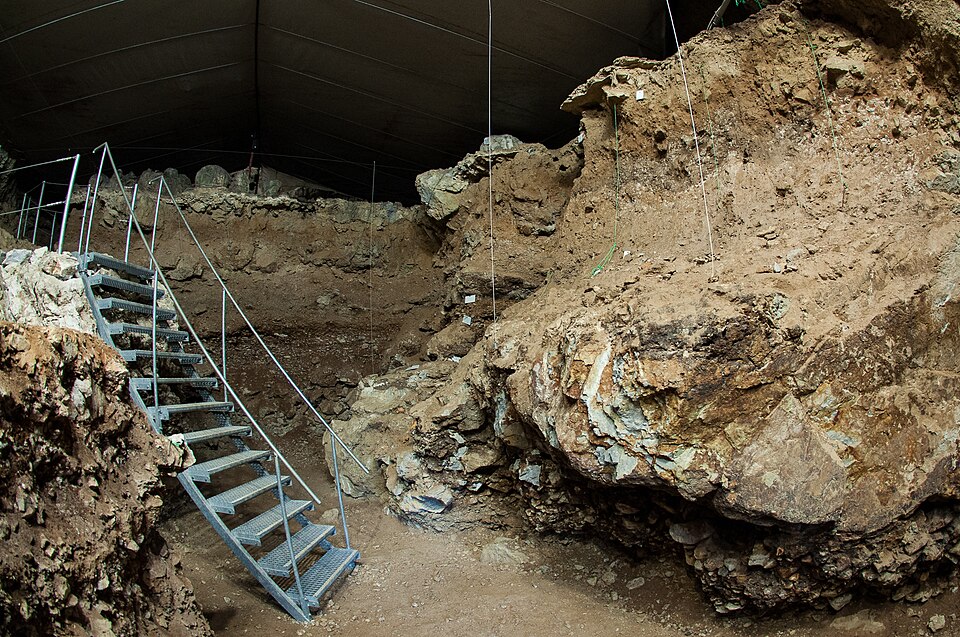
Excavation in Divje Babe I Cave. – Creative Commons | Author: Thilo Parg – Lizenz: CC BY-SA 3.0 – Source: https://commons.wikimedia.org/wiki/File:Inside_cave_Divje_Babe_1.JPG
At first glance, it might seem unremarkable. But those holes—round, deliberate, and precisely placed—look astonishingly like the finger holes on a modern flute. Radiocarbon dating places the artifact at around 50,000 to 60,000 years old.
That’s well before modern humans (Homo sapiens) arrived in the area. Which means this flute might have been made by Neanderthals.
Music by Neanderthals?
For decades, Neanderthals were portrayed as brutish, primitive, and lacking in culture. But in recent years, science has revealed a much more nuanced picture. Neanderthals buried their dead, used tools, created art and perhaps, made music.
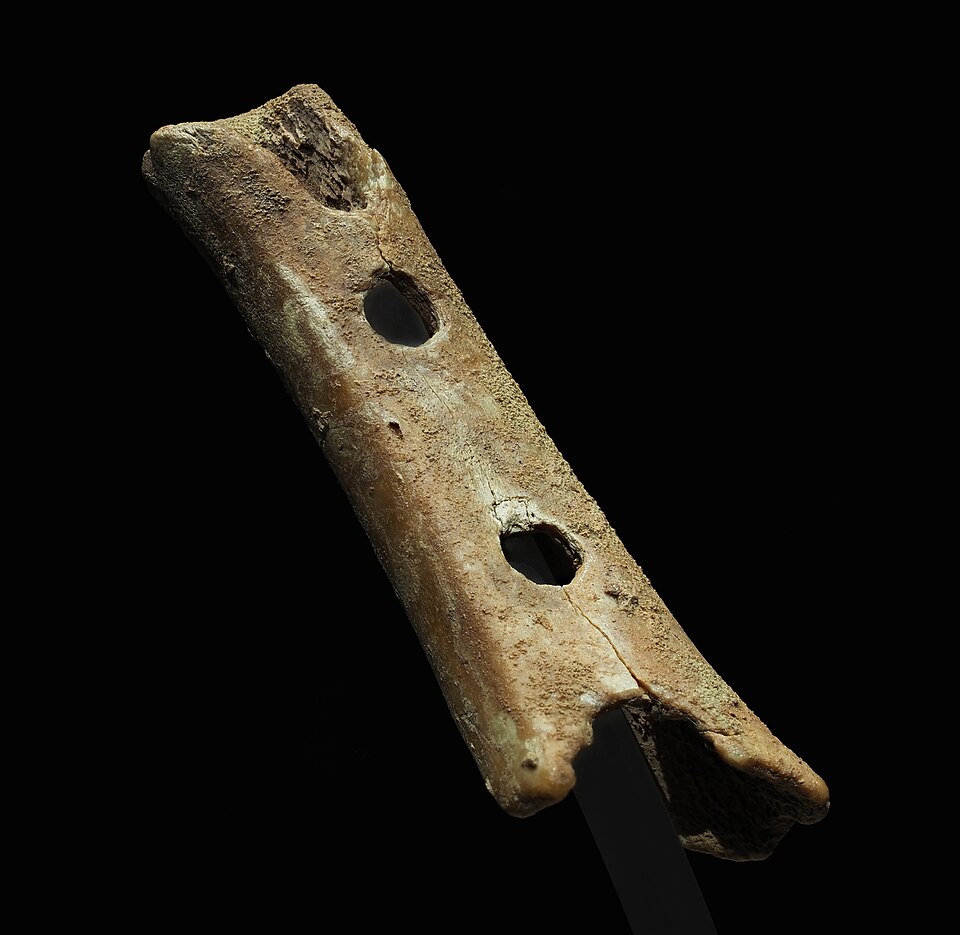
Divje Babe flute (alleged Late Pleistocene flute) dating to 43100 ± 700 BP. National Museum of Slovenia. Measurements: 133.6 mm (5.26 in) long – Creative Commons | Author: Petar Milošević – Source: https://en.wikipedia.org/wiki/File:Divje_Babe_flute_(Late_Pleistocene_flute).jpg
If the Divje Babe Flute really is a musical instrument, it would be the earliest known evidence of musical expression, and proof that Neanderthals had not only the manual dexterity but the cognitive and creative capacity for art and sound.
The Debate: Flute or Chew Toy?
Not everyone agrees with the musical interpretation. Some skeptics argue that the holes could have been made by the teeth of a carnivore, gnawing on the bone rather than shaping it into an instrument. After all, bones with holes are not uncommon at archaeological sites.
But supporters of the flute theory point out the precision and alignment of the holes, as well as the location on the bone, as signs of deliberate crafting. Experimental replicas have even been made, and when played, they produce a pentatonic scale, similar to some traditional human music.
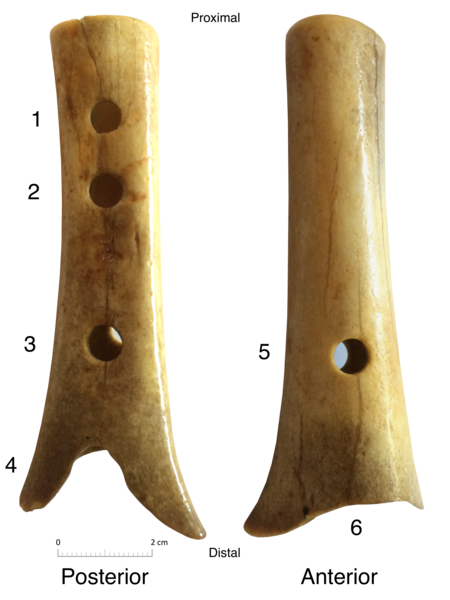
Tidldibab, replica of the flute. – Creative Commons | Author: Žiga – Source: https://commons.wikimedia.org/wiki/File:Tdbb-ant-post.png
The Legacy of the Flute
Whether or not the Divje Babe Flute was used to serenade a Neanderthal audience or simply fell victim to an ancient bear’s bite, it invites us to ask a deeper question: When did music begin?
Music is universal. Every known human culture has music. It binds us together, tells stories, comforts, excites, and inspires. If our distant cousins were making melodies tens of thousands of years ago, it suggests that the roots of music are deeper than we ever imagined, woven into the very fabric of what it means to be human.
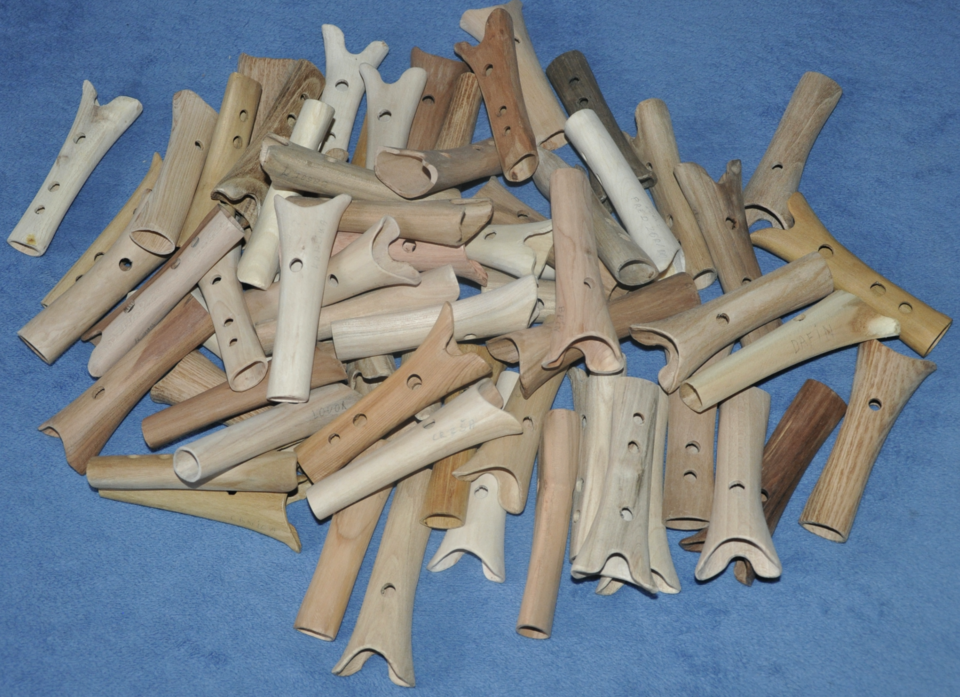
Collection of Tidldibab instruments, wooden replicas of the Divje Babe flute, made by Ljuben Dimkaroski. – Creative Commons | Author: Žiga – Source: https://commons.wikimedia.org/wiki/File:Dimkoaroski-Tidldibab-les.png
Visit the Flute
Today, you can see the original Divje Babe Flute at the National Museum of Slovenia in Ljubljana. It’s a small object, but standing before it, you might just hear the faint echo of a tune played 50,000 years ago, in a dark cave, beneath a star-filled Ice Age sky.
References:
https://en.wikipedia.org/wiki/Divje_Babe_flute

